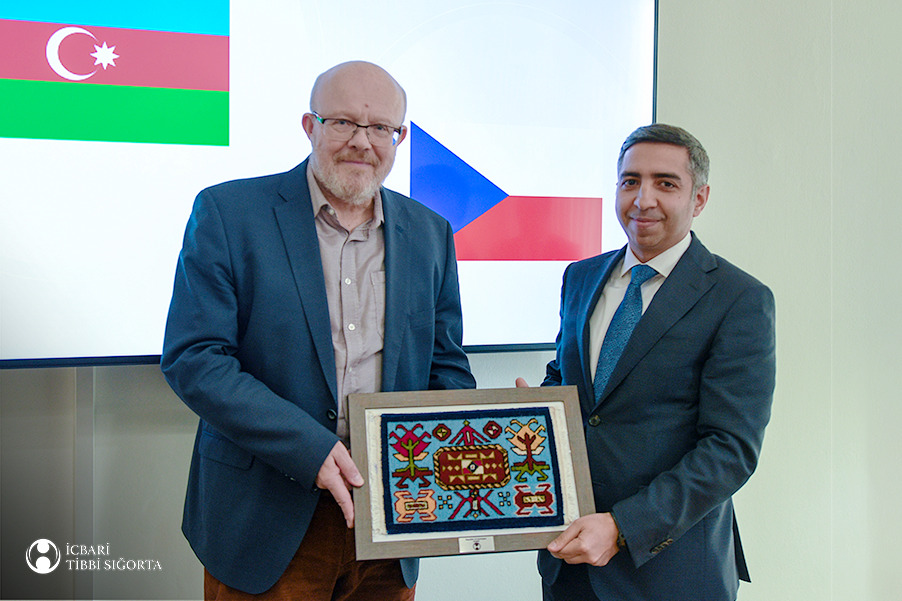The Czech Republic, also known as Czechia, is a high-income country in Central Europe, bordering Poland, Germany, Austria and Slovakia. In 2022, the country’s population reached 10.5 million people and life expectancy, 79.1 years.
The following extract from Czechia: Country Health Profile 2023, published by the European Observatory on Health Systems and Policies, summarizes the Czech Republic’s health system.
[Health system organization and health spending]
Czechia’s social health insurance (SHI) system is regulated by the government. The Ministry of Health is the key regulatory body in charge of setting healthcare policy and supervising the system. Seven semi-public health insurance funds act as purchasers of care, and the largest fund covers 56% of the population. The compulsory SHI system provides a broad benefits package and virtually universal population coverage. All permanent residents and third-country national employees of Czech companies are entitled to SHI coverage. Apart from the economically inactive population, whose health insurance contributions are paid directly by the state, all other residents are obliged to make monthly advance payments.
In 2021, Czechia’s per capita health expenditure amounted to EUR 2 993, which was a quarter (26%) lower than the EU average of EUR 4 028. Health spending as a share of GDP was 9.5% in 2021 (the EU average was 11%). In 2021, public funding accounted for 86.4% of total health spending in Czechia, the highest level in the EU (the EU average was 81.1%). Out-of-pocket payments consist mainly of copayments for outpatient pharmaceuticals, and represented 12.7% of health spending. Because of the broad statutory benefits package covered by the SHI, voluntary health insurance plays a negligible role in the Czech health system (less than 1%).
In 2021, Czechia distributed health expenditure evenly between inpatient and outpatient care, with each accounting for 30% of the total. Pharmaceutical expenses represented 16% of health spending, while long-term care accounted for 13%. Expenditure on prevention peaked in 2021 in Czechia at 8% of total health expenditure, a much greater share than that usually allocated to prevention (around 3%).
[Benefits package]
A wide range of health services are covered by the publicly funded benefits package and the public share of spending is relatively high in all areas of care. Services that are excluded (such as some types of cosmetic surgery) are set out in a negative list, while a positive list specifies which pharmaceuticals are fully covered by the mandatory health insurance system and which require patient copayments. Patients have to pay the full price for outpatient pharmaceuticals that are not included in the positive list. Copayments are required for days of hospitalisation and visits to primary care physicians. However, cost-sharing is capped at EUR 530 per episode of illness in secondary or tertiary care, and pharmaceuticals provided in hospitals are free of charge. There are also user charge exemptions for vulnerable population groups (such as children, students, people with disabilities and those on low incomes) and people receiving treatment for certain conditions (such as antenatal care, cancer, infectious diseases and chronic psychiatric illness).
[Latest reforms]
Investments in healthcare will be used mainly to develop e-health services and digitalisation, strengthen health infrastructure and modernise medical equipment. Part of investments will help increase availability of social services and access to health services in underserved areas.



